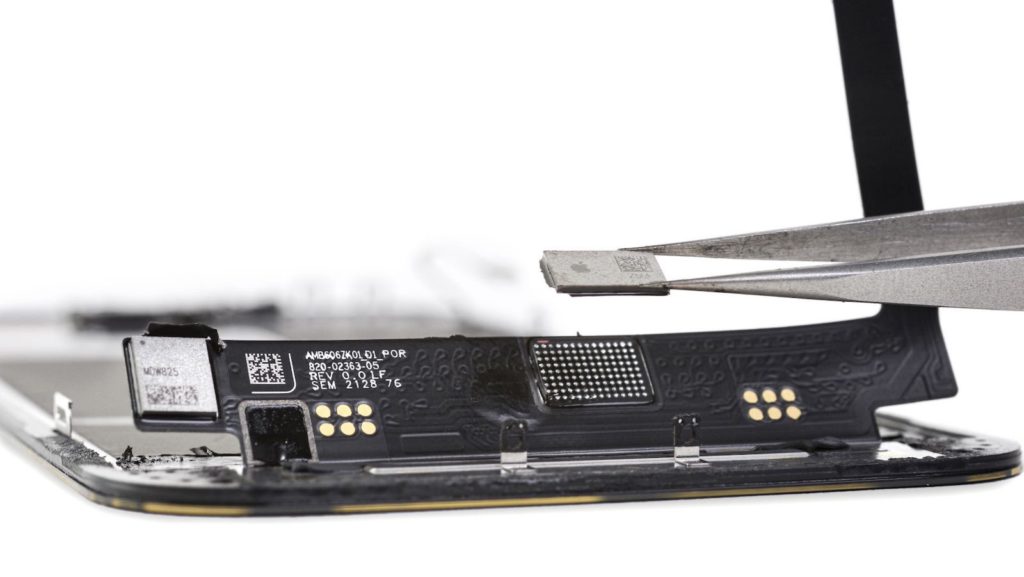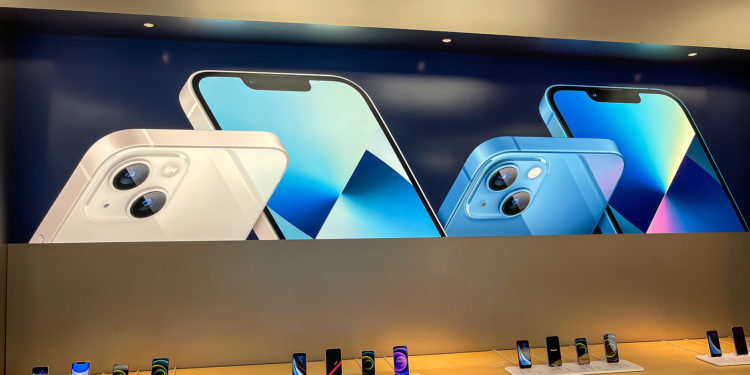When the iPhone 13 was introduced in September, teardowns quickly revealed an important change in the repair process. Now iFixit has analyzed and explained the whole thing in more detail. It is said to be a "dark day for DIYers and professionals."
Third-party screen repairs on the iPhone 13 have become more difficult due to a tiny chip that connects the device to the screen, and there are fears that the repair industry could be permanently damaged. As has already been revealed, screen repairs on the iPhone 13 and iPhone 13 Pro result in a loss of Face ID functionality. In a new blog post iFixit has taken a closer look at the obvious culprit for this change. It's a microcontroller chip the size of a pea that's built into the bottom of the screen. The chip pairs - or "serializes" - an iPhone with its display, which causes Face ID to be disabled when a screen is installed by a third-party vendor. Authorized Apple Service Providers can bypass this serialization by using proprietary Apple software to log a repair and sync the new display's serial number with the microcontroller.

iPhone 13 display repair: Complicated workaround can help
As iFixit notes, this allows Apple to approve or deny repairs. There is a workaround that allows unauthorized repair shops to replace the screen, but it is not easy. It involves transplanting a soldered chip from an original screen to a replacement screen. According to iFixit, there is a sense of "trepidation" among freelance technicians about this change. The only options they seem to have are to buy new equipment to work around it, join Apple's authorized repair network, or quit altogether. That's because screen repair is one of the foundations of the smartphone repair industry. One repair instructor told iFixit that the industry "was built on iPhone screens." (Photo by ms_pics_and_more / Bigstockphoto)





